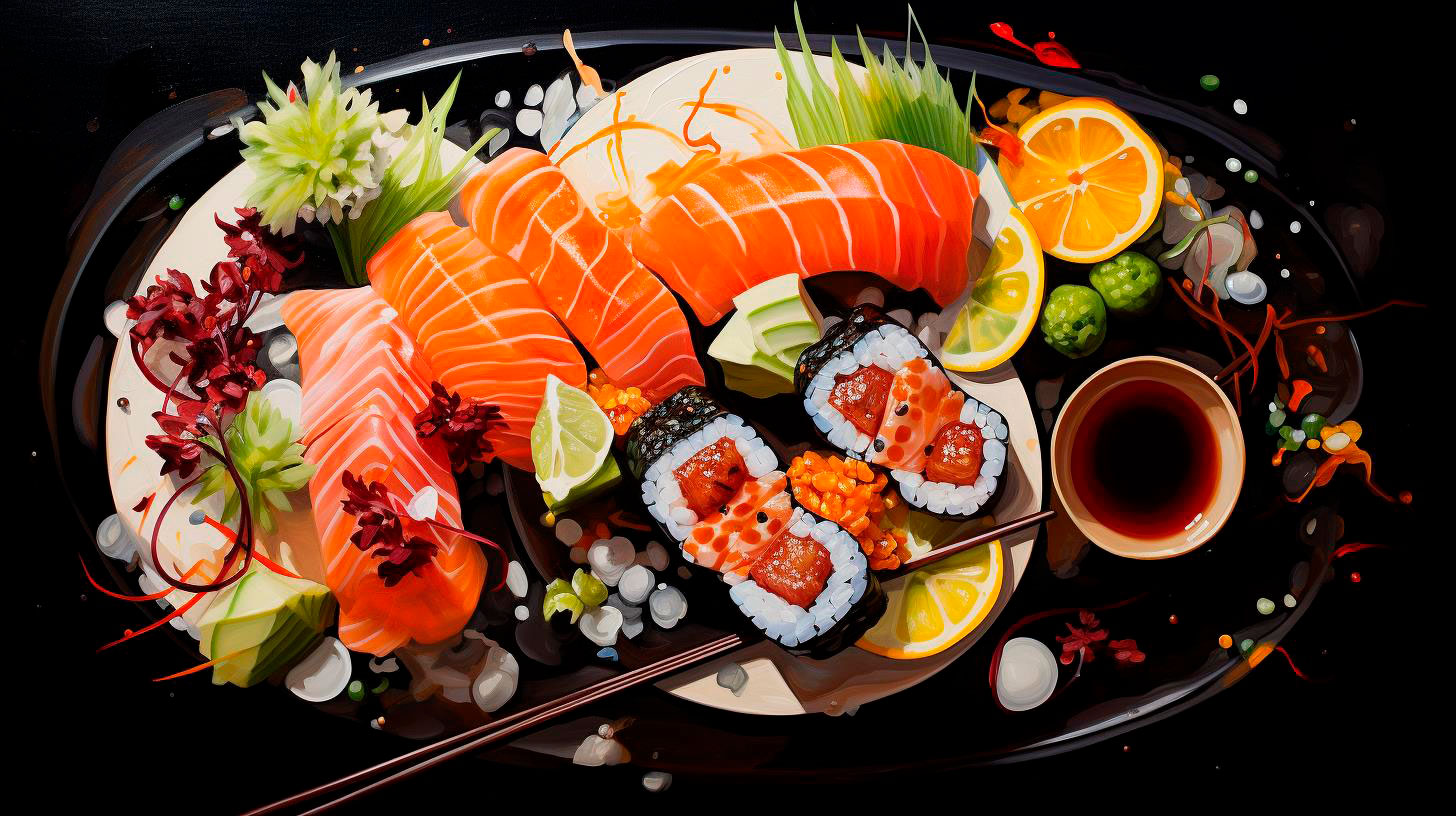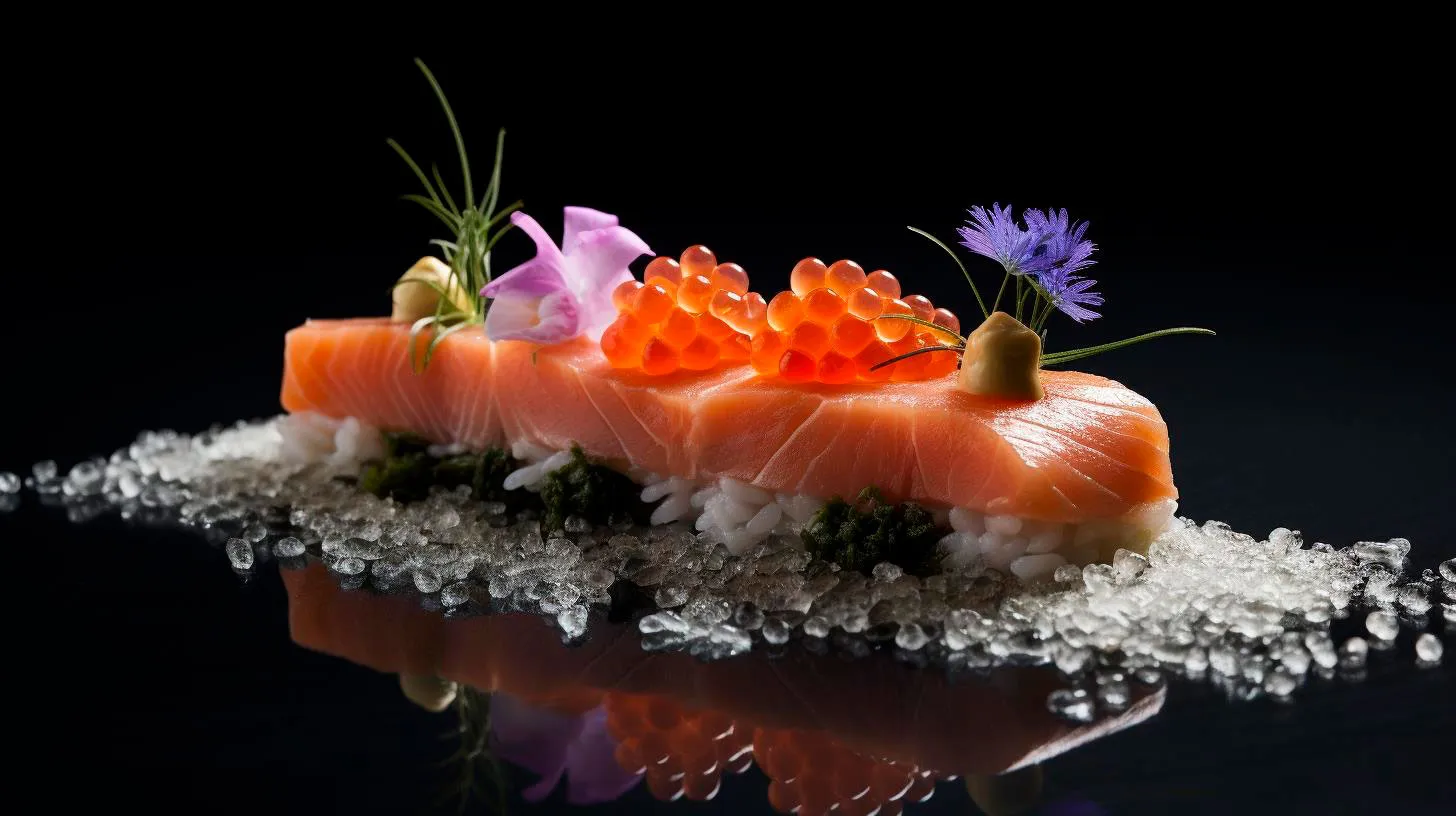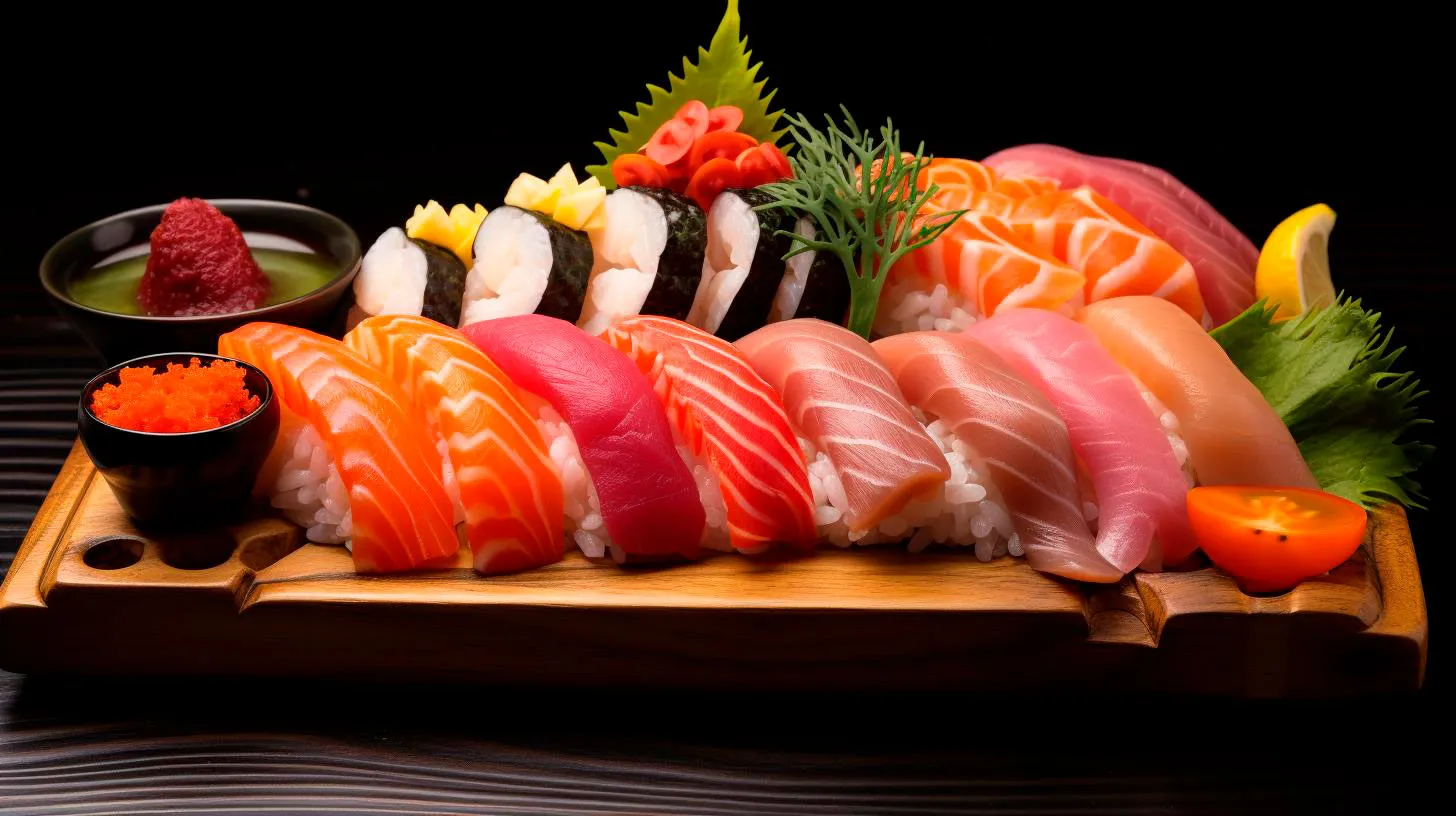In this article, let’s dive into the fascinating journey of sushi and how it has become a star attraction at these gastronomic events.
Edomae Sushi: The Origins
Edomae sushi, which originated in ancient Tokyo during the 19th century, was primarily made using fish caught from the nearby Edo Bay. This style of sushi emphasized simplicity and freshness. The fish was marinated in soy sauce, vinegar, and a touch of salt, resulting in a delightful and umami-packed flavor.
Key Takeaways:
- Edomae sushi originated in Tokyo during the 19th century.
- It emphasized simplicity, freshness, and umami-packed flavors.
- Marinating the fish in soy sauce, vinegar, and salt was a crucial technique.
The Journey of Sushi Across Borders
As Japan opened its doors to the world, sushi began to make its way to other countries, capturing the hearts and taste buds of people across the globe. The introduction of sushi rolls or “”maki”” in the early 20th century revolutionized the sushi experience. The combination of rice, fish, and vegetables wrapped in nori seaweed provided a new level of creativity and convenience.
Sushi’s popularity skyrocketed during the late 20th century when it reached the shores of the United States. Sushi restaurants started popping up in major cities, paving the way for sushi’s growing presence in the Western culinary scene. Today, sushi has become a mainstream favorite, available in various forms, including traditional nigiri, sashimi, and fusion rolls.
Advantages of Sushi at Food Festivals:
- Sushi offers a wide variety of flavors and textures to cater to diverse palates.
- Sushi is a visually appealing dish that adds elegance to any food festival.
- It can be customized to incorporate local ingredients and regional influences.
Modern Sushi: Innovation Meets Tradition
With the rise of modern sushi, innovative chefs and sushi vendors continually push the boundaries of creativity while maintaining respect for traditional techniques. Food festivals provide a platform for sushi to evolve and showcase fusion adaptations that blend different culinary traditions.
One notable trend in modern sushi is the fusion of Japanese and Western flavors. This combination often includes ingredients like avocado, cream cheese, and even unconventional additions like bacon or truffle oil. These modern twists cater to evolving tastes and allow sushi to adapt to diverse food festival audiences.
Key Takeaways:
- Modern sushi combines innovation with traditional techniques.
- Fusion adaptations blend Japanese and Western flavors.
- Incorporating unconventional ingredients appeals to evolving tastes.
Sushi at Food Festivals: A Sensory Experience
Experiencing sushi at food festivals is more than just tasting exquisite flavors. It’s an opportunity to witness the skilled artistry behind its creation. Sushi chefs display their expertise as they meticulously prepare each piece, showcasing their knife skills and attention to detail.
Sushi’s visual appeal is also undeniable. The vibrant colors of the fish, the delicate arrangement of ingredients, and the artistic plating make sushi a feast for the eyes. Food festivals provide the perfect backdrop for sushi chefs to showcase their craft and engage with visitors, sharing the story behind each sushi creation.
Key Takeaways:
- Watching skilled sushi chefs is a visual delight at food festivals.
- Artistic plating and vibrant colors make sushi a feast for the eyes.
- Sushi chefs share the story behind each sushi creation, enhancing the overall dining experience.
The Future of Sushi: Evolving with Food Festivals
The popularity of sushi at food festivals continues to soar, and its evolution shows no signs of slowing down. As the culinary world becomes more adventurous and diverse, sushi adapts and incorporates new flavors and techniques to stay relevant. With the fusion of cultural influences and innovative ideas, the future of sushi promises exciting possibilities.
Conclusion:
Sushi’s journey from the Edomae era to modern food festivals is a testament to its enduring appeal and culinary significance. The integration of traditional techniques with contemporary twists has transformed sushi into a global sensation. Its presence at food festivals allows sushi to captivate audiences, providing them with a sensory and cultural experience.
So, the next time you visit a food festival, make sure to indulge in a plate of delicious sushi and appreciate the rich history and innovation that has made it a star attraction.



